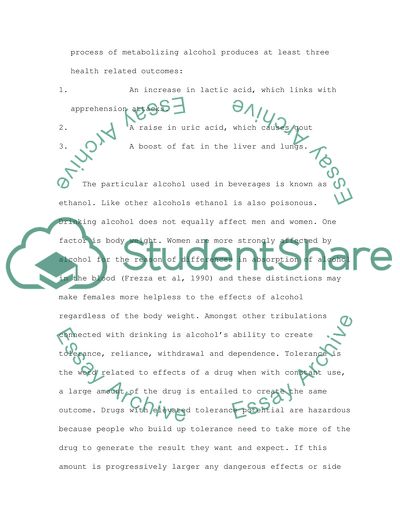Cite this document
(Psyc & Phys Of Sub Abuse Article Example | Topics and Well Written Essays - 1750 words, n.d.)
Psyc & Phys Of Sub Abuse Article Example | Topics and Well Written Essays - 1750 words. https://studentshare.org/health-sciences-medicine/1704296-psyc-phys-of-sub-abuse
Psyc & Phys Of Sub Abuse Article Example | Topics and Well Written Essays - 1750 words. https://studentshare.org/health-sciences-medicine/1704296-psyc-phys-of-sub-abuse
(Psyc & Phys Of Sub Abuse Article Example | Topics and Well Written Essays - 1750 Words)
Psyc & Phys Of Sub Abuse Article Example | Topics and Well Written Essays - 1750 Words. https://studentshare.org/health-sciences-medicine/1704296-psyc-phys-of-sub-abuse.
Psyc & Phys Of Sub Abuse Article Example | Topics and Well Written Essays - 1750 Words. https://studentshare.org/health-sciences-medicine/1704296-psyc-phys-of-sub-abuse.
“Psyc & Phys Of Sub Abuse Article Example | Topics and Well Written Essays - 1750 Words”. https://studentshare.org/health-sciences-medicine/1704296-psyc-phys-of-sub-abuse.


